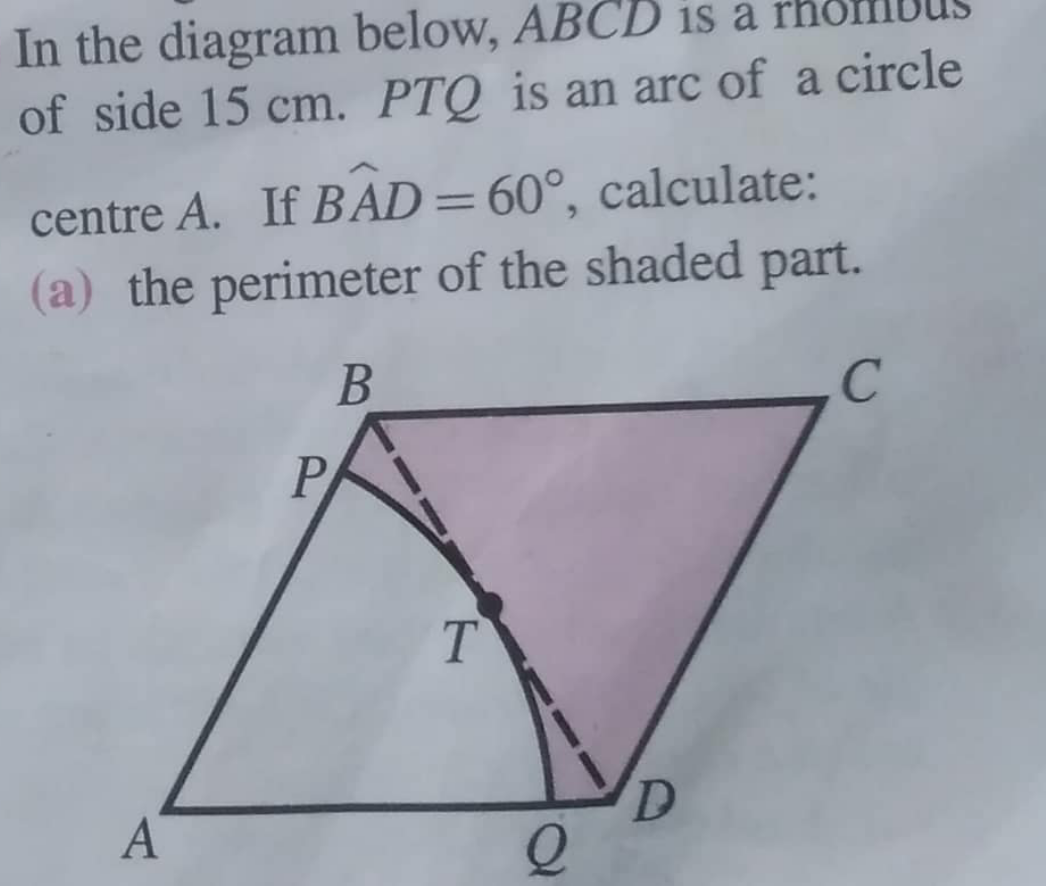
AllQuestion and Answers: Page 1144
Question Number 103321 Answers: 2 Comments: 0
Question Number 103318 Answers: 1 Comments: 3

Question Number 103314 Answers: 1 Comments: 0
Question Number 103313 Answers: 0 Comments: 0
Question Number 103312 Answers: 4 Comments: 0
Question Number 103310 Answers: 1 Comments: 1

Question Number 103306 Answers: 0 Comments: 0

Question Number 103305 Answers: 0 Comments: 0

Question Number 103300 Answers: 1 Comments: 0
Question Number 103299 Answers: 2 Comments: 0
$${cos}\mathrm{20}°{cos}\mathrm{40}°{cos}\mathrm{80}°=...? \\ $$
Question Number 103298 Answers: 0 Comments: 0

Question Number 103294 Answers: 1 Comments: 0
Question Number 103286 Answers: 3 Comments: 1
Question Number 103283 Answers: 1 Comments: 0
Question Number 103278 Answers: 0 Comments: 2
Question Number 103266 Answers: 0 Comments: 1
Question Number 103260 Answers: 1 Comments: 0

Question Number 103255 Answers: 1 Comments: 1
Question Number 103254 Answers: 0 Comments: 2
Question Number 103253 Answers: 3 Comments: 0
Question Number 103241 Answers: 0 Comments: 0
Question Number 103239 Answers: 1 Comments: 0

Question Number 103236 Answers: 0 Comments: 3
Question Number 103228 Answers: 1 Comments: 1

Question Number 103223 Answers: 0 Comments: 0
Question Number 103220 Answers: 1 Comments: 0
$$\int_{\mathrm{0}} ^{\infty} \frac{{x}^{\mathrm{3}} }{{e}^{{x}} +\mathrm{1}}{dx} \\ $$
Pg 1139 Pg 1140 Pg 1141 Pg 1142 Pg 1143 Pg 1144 Pg 1145 Pg 1146 Pg 1147 Pg 1148
